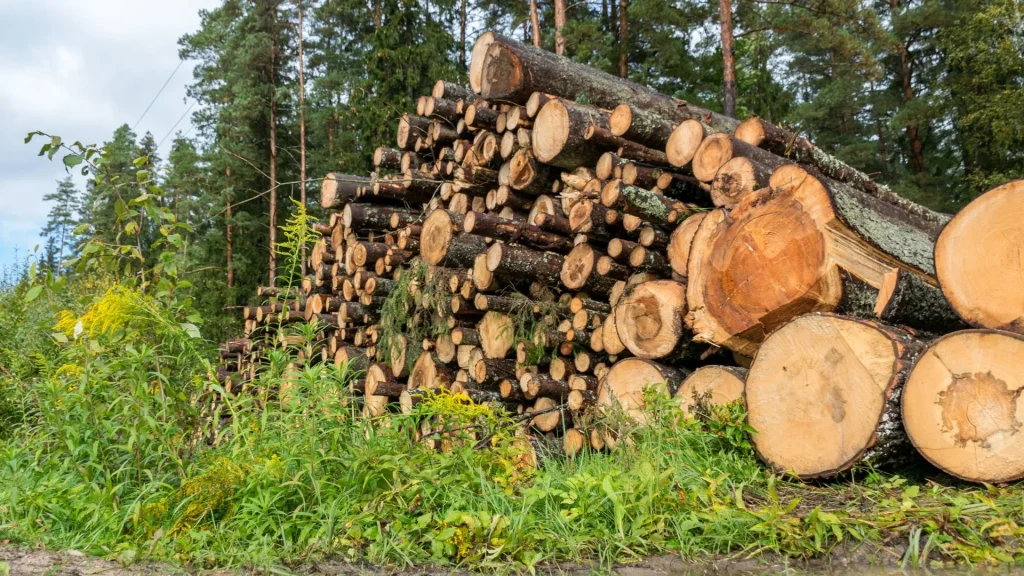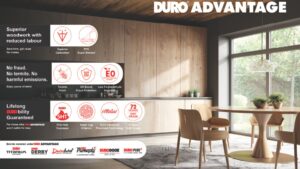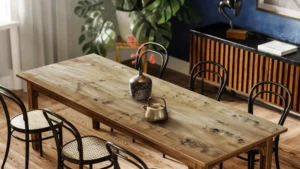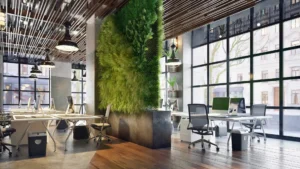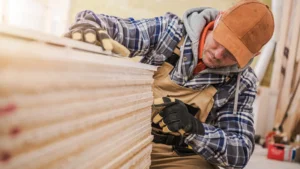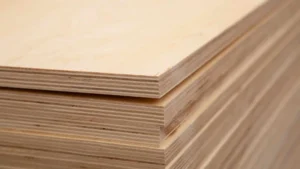Using sustainably sourced wood promises a strong commitment to forests and has several benefits for the construction and interior design industry. Consumers usually seek proof that the buildings they spend most of their time in were responsibly constructed- and materials responsibly sourced.
Using Forest Stewardship Council® (FSC®) Certification gives that proof. The FSC® standard is designed to be climate-smart. It requires that more and older trees be left standing, resulting in the reduction of the carbon footprint. It helps combat illegal logging and deforestation in key “high-conservation value” areas around the world that must remain as forests for the good of the planet’s health.
Most plywood and veneer industries these days focus more on sustainable practices, and their commitment to the environment has become an integral part of every wood business’s core values. Nowadays, Plywood and Veneer Manufacturers source raw materials from sustainable forests and have implemented various initiatives to reduce their carbon footprint. For instance, all Duro products are made from sustainably sourced timber and conform to E1 emission levels. They also have FSC® certification, which certifies sustainability along the three key aspects of ecology, economy, and socio-cultural well-being.
Also Read: Impact of Wood-Based Products on Health & Environment
Often, new trees are planted in place of those cut down to source wood for furniture making. This also sheds light on the fact that trees usually take many more years to grow to full size. The most common example is Ebony, which takes 100+ years to grow to its full size. In these cases, wood veneers are a more sustainable choice in comparison to any other solid wood form. Making wood veneer involves using less wood. Not surprisingly, the veneer needed to cover one side of furniture is less than if solid wood is used, resulting in less tree cutting.
On top of that, while every building material requires some energy to produce, wood requires less energy than any other building material. Sunlight, nutrients, and water are all it takes for a tree to grow, and a growing tree stores CO2 in its wood at the same time.
Sustainably produced products allow design entrepreneurs to tell a story about their projects, which makes people feel good about the quality and the way it was created. By using Environmentally Friendly Wood, everyone can help raise the Standard For Eco-Friendly Practices across the world.
